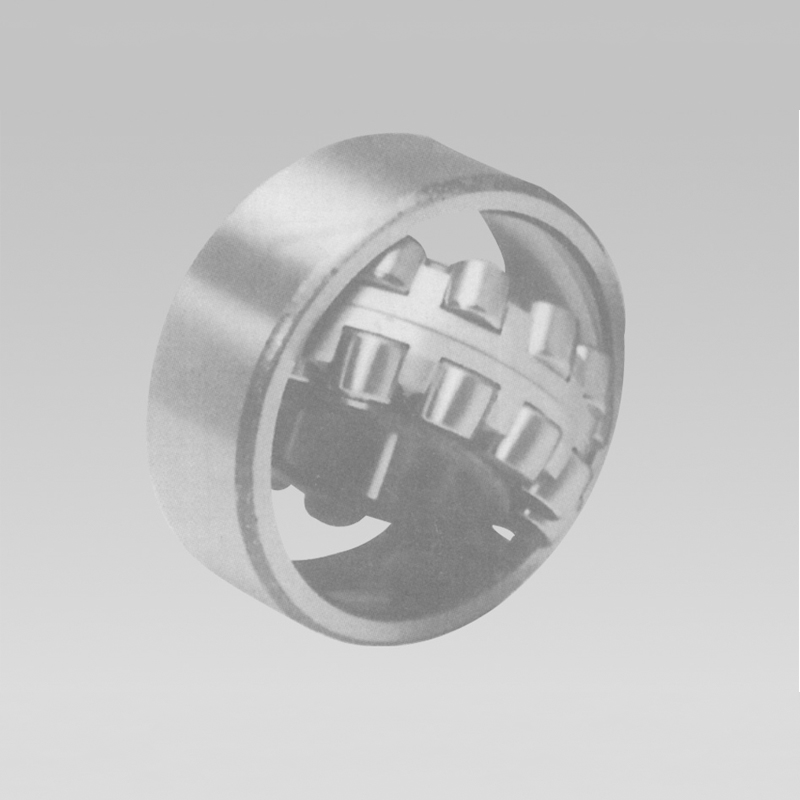
des . 13, 2024 09:02 Back to list
Exploring Different Variants of Deep Groove Ball Bearings for Various Applications
Types of Deep Groove Ball Bearings
Deep groove ball bearings are one of the most commonly used types of bearings in machinery and various applications due to their versatility, simplicity, and capability to handle both radial and axial loads. Understanding the different types of deep groove ball bearings is essential for selecting the right one for a specific application. In this article, we will explore the various categories of deep groove ball bearings, their characteristics, and their applications.
Standard Deep Groove Ball Bearings
The most prevalent type of deep groove ball bearing is the standard type, typically denoted by the code 618 or 6200 series. Standard deep groove bearings feature a simple design with a single-row construction, which allows them to absorb radial loads effectively. They can also endure moderate axial loads in both directions. The inner and outer rings are generally made of high-quality steel or sometimes ceramic materials, while the rolling elements are made of steel balls, allowing for smooth rotation and reduced friction.
Angular Contact Ball Bearings
While similar to standard deep groove ball bearings, angular contact ball bearings are designed to accommodate greater axial loads. They have a contact angle between the balls and the raceways, which can vary depending on the application. The contact angle allows the bearing to withstand more significant axial forces, making it suitable for high-speed applications like electric motors and pumps. These bearings are usually found in pairs or groups to further enhance their load-carrying capacity.
Double Row Deep Groove Ball Bearings
Double row deep groove ball bearings consist of two rows of balls, providing additional load capacity and rigidity. This type is particularly beneficial in applications where space is limited, as they allow for higher load ratings in a compact design. They are widely used in applications like industrial machinery, automotive components, and heavy equipment. Due to their robust design, double-row bearings can endure even higher radial loads than single-row bearings.
types of deep groove ball bearing

Sealed and Shielded Deep Groove Ball Bearings
Sealed and shielded deep groove ball bearings come equipped with either seals or shields to protect the internal components from contamination and retain lubrication. Sealed bearings use elastomeric seals to provide a tighter closure, making them suitable for environments exposed to dirt, moisture, and dust. On the other hand, shielded bearings feature metal shields that allow for easier assembly and disassembly. These types of bearings are widely utilized in applications like automotive components, household appliances, and industrial machinery, where longevity and reliability are critical.
Thin Section Deep Groove Ball Bearings
Thin section deep groove ball bearings are ideal for applications that require minimal weight and space constraints. These bearings maintain a thin cross-section while still providing high-performance attributes. They are often utilized in aerospace, medical devices, and robotics, where weight savings are crucial.
Hybrid Deep Groove Ball Bearings
Hybrid deep groove ball bearings combine ceramic rolling elements with steel rings. The ceramic balls offer lower density, reduced friction, and higher thermal stability compared to their steel counterparts. This type of bearing is often utilized in high-speed applications and environments with significant temperature fluctuations, such as automotive and aerospace industries.
Conclusion
Deep groove ball bearings come in various forms, each designed to meet specific performance requirements in myriad applications. When choosing a deep groove ball bearing, it is essential to consider factors like load capacity, speed, operating conditions, and space constraints. Understanding the available options can significantly enhance equipment performance, increase longevity, and reduce maintenance needs. As technology continues to advance, the design and application of deep groove ball bearings will evolve, offering innovative solutions for modern engineering challenges.
Latest news
-
Grooved Ball Bearing Design and Functionality
NewsJun.04,2025
-
Concrete Mixer Bearing Load Capacity Testing
NewsJun.04,2025
-
6004 Bearing Dimensions in Robotic Joint Designs
NewsJun.04,2025
-
Advantages of Single-Row Deep Groove Ball Bearings
NewsJun.04,2025
-
Applications of Deep Groove Ball Bearings in Automotive Systems
NewsJun.04,2025
-
Innovations in Bearing Pressing Machine Design
NewsJun.04,2025
